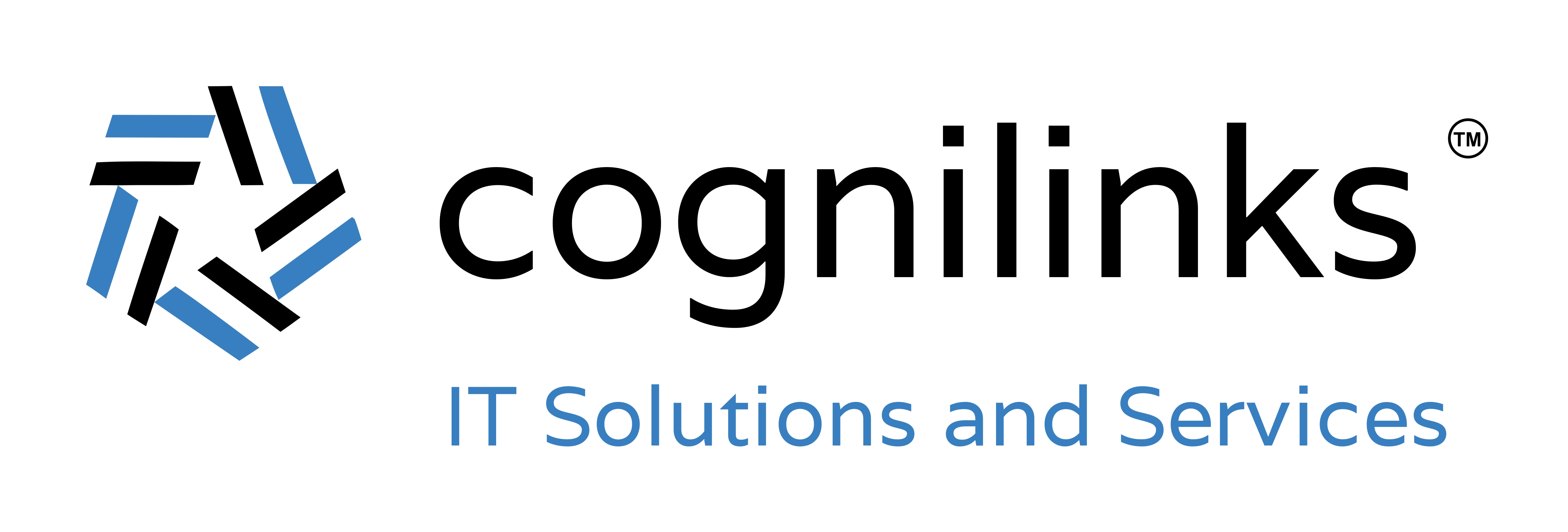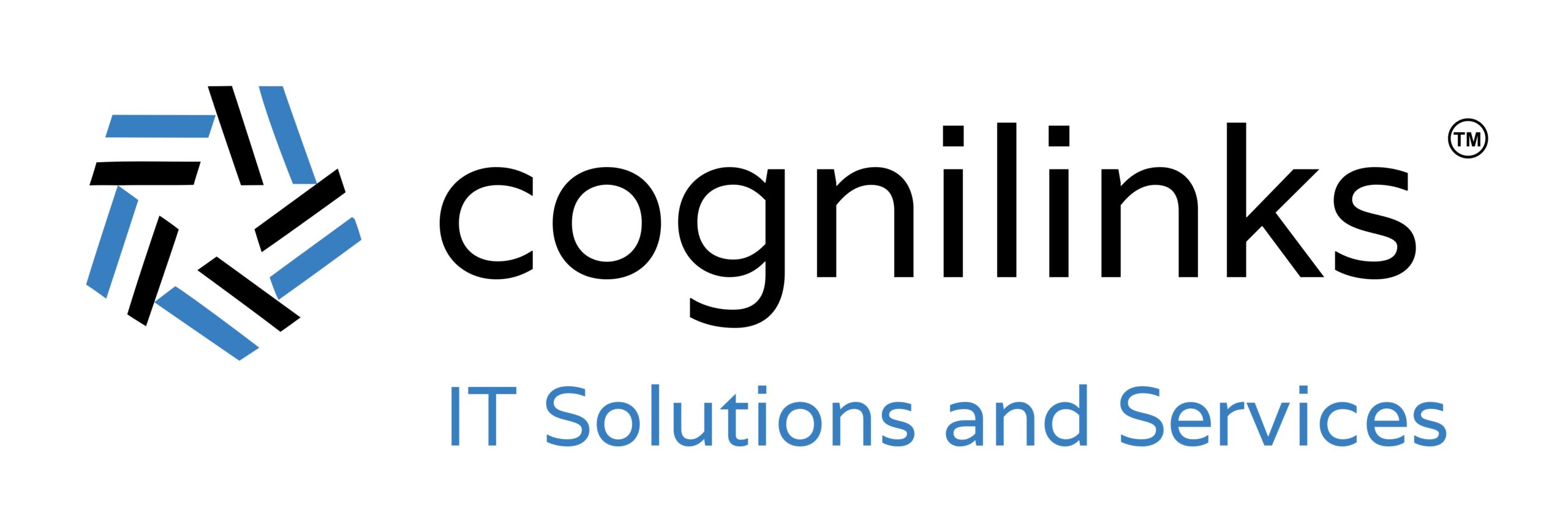How to get faster Wi-Fi in your office and for remote workers

Let’s list the basic essentials for life: Air, water, food, and fast Wi-Fi.
If you have teenagers, you’ll know that last one is only just beaten by air…
But fast Wi-Fi isn’t just essential to keep our children happy. The reality is without fast Wi-Fi many businesses simply couldn’t operate.
We rely on Wi-Fi every day for:
-
Basic communication
-
Accessing our applications
-
Storing and accessing data
-
Keeping our devices up-to-date and safe
-
Giving customers a great experience
And many other things.
Our hybrid way of working and widespread use of video calling has made reliable Wi-Fi even more important – in your staff’s homes as well as in the workplace.
So, when your internet isn’t performing as well as it should be, it’s no longer just annoying. It can cause everything to come to a frustrating, grinding halt.
We bring good news. There’s nearly always something you can do to improve Wi-Fi, even if the speeds offered by your provider are “meh”.
Here’s our guide to making Wi-Fi faster wherever you are working.
These are the things that affect Wi-Fi speeds
Slow Wi-Fi can be down to a single fault, or it can be a combination of factors. When we’re investigating Wi-Fi speeds, we will look at:
-
What bandwidth do you have available from your provider?
-
How old is your Wi-Fi box? (this is called a router)
-
Is your router’s software (known as firmware) up to date?
-
What kind of coverage do you get from that router?
-
How does the physical layout of your office or home affect the signal?
-
Do you have extenders or access points to cover a larger area?
-
How is your Wi-Fi setup? Is it optimized so different channels aren’t fighting each other? Are you using up-to-date standards that all your devices can access?
-
Is there any interference from other technology?
-
How many devices are using it, and what for?
-
How old are the devices connected to Wi-Fi?
You don’t need to worry about most of these things; your IT partner will handle them for you. But as you can see, getting the best Wi-Fi speeds requires several factors to be right.
Let’s look at a few of these in more detail.
Understand what bandwidth is
When you talk to a new internet provider, they’ll talk to you about “speeds”. When they quote download and upload speeds, they’re really talking about bandwidth.
Bandwidth is not speed… it’s the amount of data that can be sent across your connection in a certain amount of time. If that’s low, then of course it will slow you down as it takes more time for the data to get to and from your device.
Here’s a great analogy that will help you understand.
Imagine a drinking straw.
Slurping water through your straw is easy. Water’s not thick so you don’t need much suction.
But try drinking a thick milkshake through the same straw and you’ll have a problem. You either need to suck harder or find a bigger straw.
Data on the internet is much the same.
An email containing only text is water. It only needs little bandwidth because there’s not much data to send. But a 4k video stream is milkshake, and needs lots more bandwidth because the files are huge.
Bandwidth is measured in megabits per second (Mbps).
Netflix, for example, needs an absolute minimum bandwidth of 0.5Mbps. And that will be to watch shows in low resolution with lots of buffering.
To watch a 4k movie your connection will need to be 20Mbps.
That’s at home of course. In the workplace things can soon slow down when some people are doing video calls while others are uploading huge files.
Do you have enough bandwidth for all your people to do everything they need to do?
The correct setup and configuration will give you big wins
Slow internet is often caused by the way your Wi-Fi has been setup in the first place. It’s partly about where your router and access points are, and partly about how it has been configured.
Configuration is one of the least understood areas of Wi-Fi, but it’s so important. Again, this is something your IT partner will just handle for you.
Wi-Fi signals are divided into channels.
In your business it’s likely that you have several devices working together to provide your Wi-Fi. Each will have its own channel to communicate and connect with your devices. It’s important that these channels are balanced to avoid network congestion.
Think of your Wi-Fi like a walkie talkie. If someone else is already using a channel, then there will be interference and confusion if you use it as well! That’s why you switch to a separate channel. Wi-Fi is similar.
You may also wish to create a network policy that restricts the use of particular websites or services. This could include blocking ads, using streamlined browsers, and installing malware scanners.
Of course, this is harder to do on a home network as it will be used for both work and personal purposes.
And if your life partner works from home as well, you have to be careful not to restrict what they need to do for their work.
Interference is your enemy
One of the most common issues for any Wi-Fi network is interference. It happens when another wireless signal weakens or disrupts your Wi-Fi signal.
Common devices that can affect signal are wireless remote controllers, wireless cameras, cordless phones, and Bluetooth devices.
To combat this issue, you need to look at the placement of your routers and your access points, and how much they get used. For example, if all your staff sit near one access point and that’s got interference, it’s going to affect everyone’s work.
You might consider using a Wi-Fi surveillance tool to perform automated channel checks. This is something your IT partner can help with.
Some routers offer QoS (Quality of Service) controls that restrict the amount of bandwidth specific applications can use. You can make better use of your network by prioritizing the apps you use the most and giving lower priority to those that are less important.
You may even wish to blacklist applications that aren’t essential to the way your business works.
Updates are always important
This applies to all technology, not just your Wi-Fi. Keeping devices fully up to date is always a smart way to improve performance and reduce security risks.
Most people never touch their Wi-Fi once it has been setup. But it’s important to update your router’s firmware regularly. This keeps it secure. And sometimes manufacturers will send out speed improvements through updates.
Keep an eye on the age of the devices you are connecting to your Wi-Fi. If your business relies on up to date technology, you can use higher standards of Wi-Fi, which are always faster than older Wi-Fi standards.
Slow Wi-Fi? Don’t get annoyed… follow this checklist
This checklist is for your office and when you’re working from home.
Run a speed test
Sometimes Wi-Fi can feel slow, but it’s actually just a temporary glitch and overall, the service is running well.
Run a speed test and write down the results. Make sure you use the same speed test service each time, so you are comparing like for like. Your IT partner will tell you which service they recommend.
Check what everyone is doing
It’s 5.26 in the afternoon and everyone in the office is watching YouTube while uploading the day’s work… no wonder the internet is slow. Depending on your connection, how people use the internet will have an effect.
Reboot your router
It may sound like stereotypical advice, but there’s a reason IT professionals suggest this first – it really can be the solution in a lot of cases!
Turn off your equipment and wait for a minute. Plug it back in, wait for everything to connect, and run another speed test.
Reboot your device and clear your browser’s cache
All devices benefit from a reboot now and again. Maybe your slow internet speed is actually your computer slowing down?
Your browser cache stores files that help websites load faster, but when it gets overloaded it can start to affect performance. Make it a habit to clear your cache now and again.
Check which devices are connected to your network
It may be that you have unauthorized devices connected, which means you’re sharing your bandwidth with more people than you thought. If your business offers Wi-Fi access to the public, make sure this is a different network to the one your team relies on.
Your IT partner can check this for you and make sure your Wi-Fi network is fully secure.
Long-term: Shop around different internet providers
Different providers will have different packages available for you. It’s worth regularly checking what’s available, and even considering a totally different way of getting internet, such as via space (it feels so showbiz to write that). When you find different providers in your area, register your email address to get updates from them.
Long-term: Consider an upgrade
Getting new equipment isn’t always the answer, but as standards improve new equipment can make a difference to speeds. Your IT partner can audit your Wi-Fi equipment and your business’s devices, and make recommendations.
It’s also worth mapping the coverage provided by your current Wi-Fi setup, based on where people work in the business.
Long-term: Switch to a wired connection
Yes, we know this isn’t a very 2022 way of using the internet… but the reality is you will always get faster speeds when you’re physically connected to the internet by a wire.
If you just sit at the same desk all the time and don’t move around, why not look into a wired connection. It could make all your speed frustrations vanish.
Make these problems go away: Contact us
We specialize in helping business owners and managers like you get more done with less hassle.
If you want to take the hassle of Wi-Fi off your plate and have technology that “just works”, we should talk.
Ph:609-309-9939

